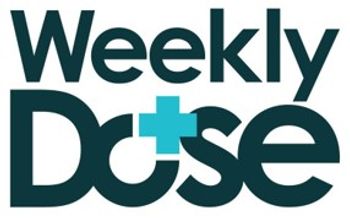
Graphic Medicine: Tragic Meets Comic
“My mother was diagnosed with incurable lung cancer. I made a comic strip about it.” The idea: combine the art with the medicine.
For internist and bioethicist Michael Green, a book entitled Maus was a revelation.
The graphic novel, winner of a Pulitzer Prize in 1992, depicts American cartoonist Art Spiegelman interviewing his father, a Polish Jew, about his experiences as a Holocaust survivor. Spiegelman drew the Jews as mice, the Germans as cats, and the non-Jewish Poles as pigs.
“It just sort of blew me away,” says Green, a professor of humanities and medicine at Penn State who’s been interested in art and comics his entire life. “I couldn’t believe that such a serious subject as the Holocaust could be dealt with so effectively” by comics.
He then discovered medically themed graphic memoirs with titles such as
Kindred Spirit
While he couldn’t find any like-minded physicians in the United States, he did find a website for Ian Williams, a general practitioner in North Wales who’s also a printmaker and painter and a member of the
“I wanted to find a way of combining the art with the medicine, so I took an MA in medical humanities,” Williams says. “I thought that I would end up writing a thesis on some sort of medical art.”
But then he, too, came across Mom’s Cancer, in the Tate Modern Bookshop in London. “I realized that I had been reading a lot of graphic novels and wondered if there were others that featured medical themes. I found lots. That’s when I realized I could write about medical narrative in graphic novels. It was kind of a Eureka! moment.”
Williams launched the
Curriculum Elective
This is the fifth year Green has taught a course on comics and medicine to fourth-year medical students. Williams teaches a similar course to medical students at the University of Manchester.
“I think it helps them appreciate different points of view,” Green says of his course. “You go to medical school, and you learn the point of view of the doctor. You don’t often get an understanding of what it’s like to be a patient who has to deal with these types of problems.”
But why not just read conventional memoirs of illness without any illustrations? “Something magical happens” when you use both words and comics to tell a story, Green explains. “You can have multiple narratives happening at the same time.” And, he says, “With comics, you show things rather than talk about them.”
For example, Fies uses 10 panels in Mom’s Cancer to portray his mother’s absence seizure. Her eyes fade from black to white to illustrate her lapse in consciousness, while the background darkens to reflect his sister’s growing concern about their mom, bald from chemo.
“I’m primarily interested in graphic novels and comics as reflective reading for health care professionals; as a medium that can impart the subtleties of the patient experience or the professional experience,” Williams says. “My main recommendation is that anyone interested should just read as many of these books as possible.”
Or try creating one.
Williams’ graphic novel,
“I’ve got a bunch of ideas in my head,” for writing as well as illustrating a comic, Green says. “Part of the challenge is to figure out how to realize what’s in your head and turn it into something that you like when it’s on the paper.”
But you don’t have to be a trained artist to illustrate comics, says Williams, citing a website called “
Newsletter
Enhance your clinical practice with the Patient Care newsletter, offering the latest evidence-based guidelines, diagnostic insights, and treatment strategies for primary care physicians.















































































































































































































































































